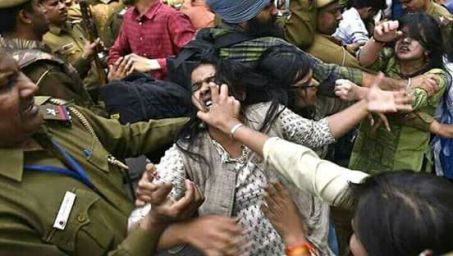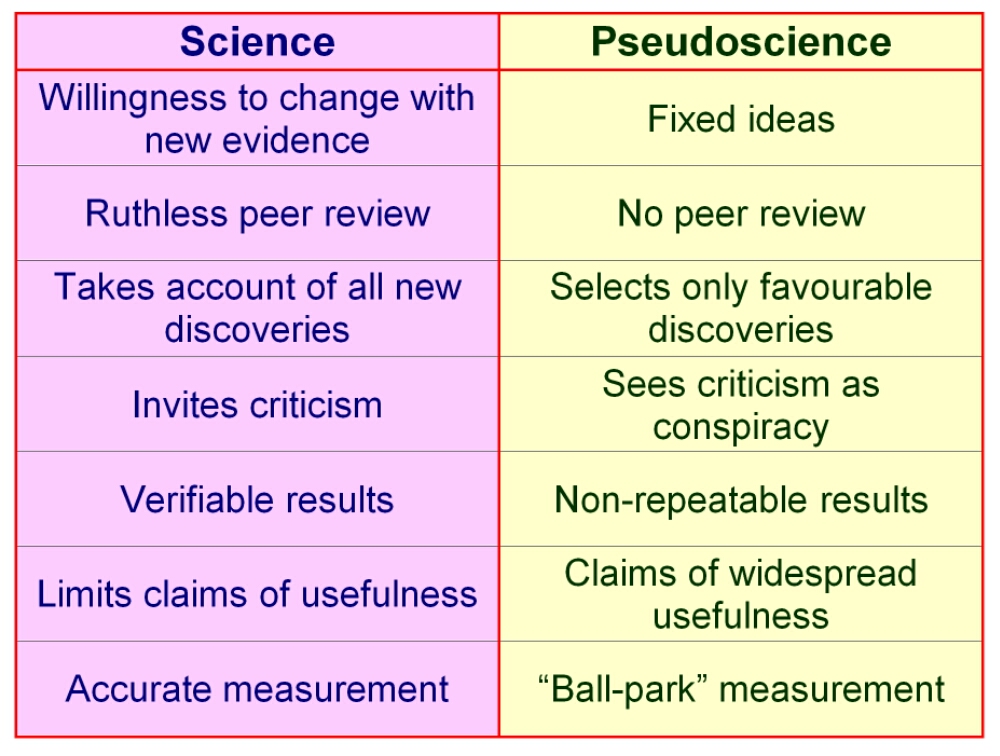A two-day seminar on Cultures of Protest was organised by Wordcraft, the Ramjas literary society and the English department of Ramjas College, which was aborted as soon as it began, when members of the ABVP protested against Umar Khalid speaking at the conference. Khalid is a PhD scholar from Jawaharlal Nehru University and a student activist who was slapped with sedition charges last year. Umar Khalid was invited to speak on the theme ‘The war in Adivasi areas’. Here is a first-hand narration of the second day of the violence.

Ramjas College entrance was blocked by ABVP students; the common students of Ramjas, AISA, SFI, Pinjra tod and other sympathisers were standing opposite to the gate at a side of the footpath holding placards in their hands and shouting slogans, “go back – go back, ABVP – go back”. It was all going good till now, the protestors decided to advance towards the gate roaring the slogans at the peak of their voice. Police gathered around to stop them, ABVP became hyperactive. A Police bus was made to move in order to push the protestors back. The protestors stood there, adamant not to retreat. It was only when some ABVP members started instigating from the other sides by hitting some of the protestors at the back of their head, the violence crept into thescene. Then a unit of ABVP members went at the back of the protesters’ lot and started provoking them from behind. This interrupted the unity of protestors; half of them engaged themselves in reciprocating ABVP guys while others were busy dealing with Delhi Police.

This continued for long, ABVP trying to provoke violencefrom one side and Delhi Police continuing to obstruct the protestors from the other. The nexus between ABVP and Delhi Police became obvious. The protestors understood what was happening there. In the name of maintaining law and order, police stood as a mute spectator allowing ABVP all the freedom to carry out violence. Then a shrill cry of “Delhi Police – sharm karo,” pierced in amidst the commotion somewhere from the protestors’ lot, and then everybody followed, “sharm karo – sharm karo.” Counter slogans of “Desh ke gaddaron ko, joote maaro saalon ko” were hurled at the protesters, accompanied by chants of “Bharat Mata ki Jai” and “Vande Matram.” This exhibition of strength went on until the protestors decided to start their march.

As the protestors began marching towardsMaurice Nagar Police station, a stone came flying in and hit the back of the head of one of the protestors. And when I say stone, I mean big stones, not pebbles. Streams of blood dripped down his head, his handkerchief got stained with red. How fear struck he seemed, eyes red with anguish. The atmosphere turned more dreadful, as more stones were pelted, protestors were seen dodging and shielding their heads with bags. Nevertheless, protestors continued their march; stones were not enough to break their unity. ABVP too marched with them side by side to ensure the march gets disordered and it does not reach its destination. Police formed a human chain to separate the two student bodies, even then some ABVP members were able to barge in and attempt to thrash the protestors. This continued as we turned left to reach the police station, one person shot a bottle of banta soda at a tree adjacent to the road, the pieces of glass fell down with full intensity, fortunately without harming anyone.

The destination arrived finally, but before the protestors could reach the gates, ABVP members were able to capture the space and block it. Again a show of strength began with students sloganeering against each other. The demand of protesters was simple, to file a First Information Report against the perpetrators of violence. Protestors sat there on the road rigid with their demand. Time flew fast and it was about 06:00 pm, when Police started lathi charging at them mercilessly, creating the atmosphere more grim and ugly. The maintainers of law and order thrashed and dragged each and every protestor into buses, with ABVP members being the exception. Even female protestors were manhandled brutally. The horror-stricken students tried resisting but were overpowered by tall and strong police personnel armed with lathis. The curfew like situation came to an end, with busses filled with injured students being deported away from the location.
The recent episodes of violence at Ramjas College have only one thing to say, ‘fascism is here’.
Continue reading →








